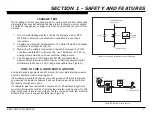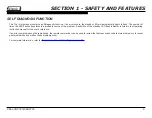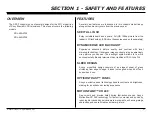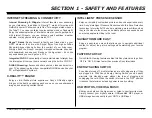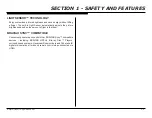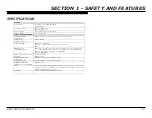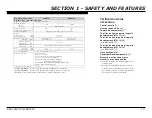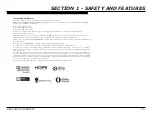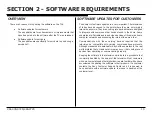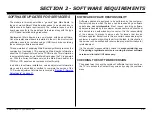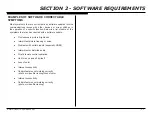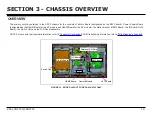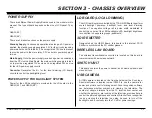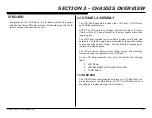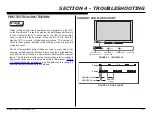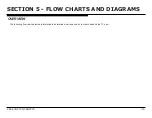
KDL-40NX725/46NX725
21
POWER SUPPLY
There are different Power Supply Boards used in the models in this
manual. The type of board depends on the size of LCD panel. They
are:
G4BW (40”)
G5AW (46”)
There are 3 distinct sections on the power supply:
Standby Supply
: Continuously operational as long as AC power is
applied, the standby supply generates 3.3V for the circuits requiring
power while the unit is turned off. An unregulated 19V line is present
to provide power to the main relay, PFC and main power supply at
turn-on.
Main Supply
: Once the power supply receives a power-on command
from the CPU on the Main Board, the main switching supply is turned
on to provide a regulated 12V source and an regulated 24V source
for the LED power supply circuits.
Converter
: Generates the B+ for the local dimming (LD board)
circuits to control the backlighting level.
POWER SUPPLY FOR BACKLIGHT SYSTEM
Power for the LED backlights is provided for the LD board via the
G4BW (40”) and G5AW (46”).
LD BOARD (LOCAL DIMMING)
The LD Driver Board is controlled by the TCON/HFR Board to perform
overall backlight power-on, backlight level, and local dimming
functions. The negative voltage rail is pulse width modulated to
control the on time of the LED backlights. LED backlight brightness
is controlled in 4 separate groups (quadrants).
3D IR EMITTER
Designated as the HEM2 Board, this board is the internal 3D IR
Emitter to synchronize the 3D shutter glasses..
WIRELESS LAN BOARD
The wireless transmit/receive circuits are located on this board to
communicate with a wireless network.
SWITCH UNIT
This board contains the power, channel, and volume up/down and
menu buttons.
USB CAMERA
A USB camera is located on the front bezel below the Sony logo.
Special software is located inside IC9000 to use the camera for
power and picture control management. Face recognition software
can determine whether someone is viewing the television. The
number of people, distance from the TV, location from center, and
whether the person(s) are looking at the television provides data to
control the picture brightness and contrast. A lack of face recognition
(no one viewing the television) can also be used to turn off the
backlights, and, eventually turn the TV off for power savings.

